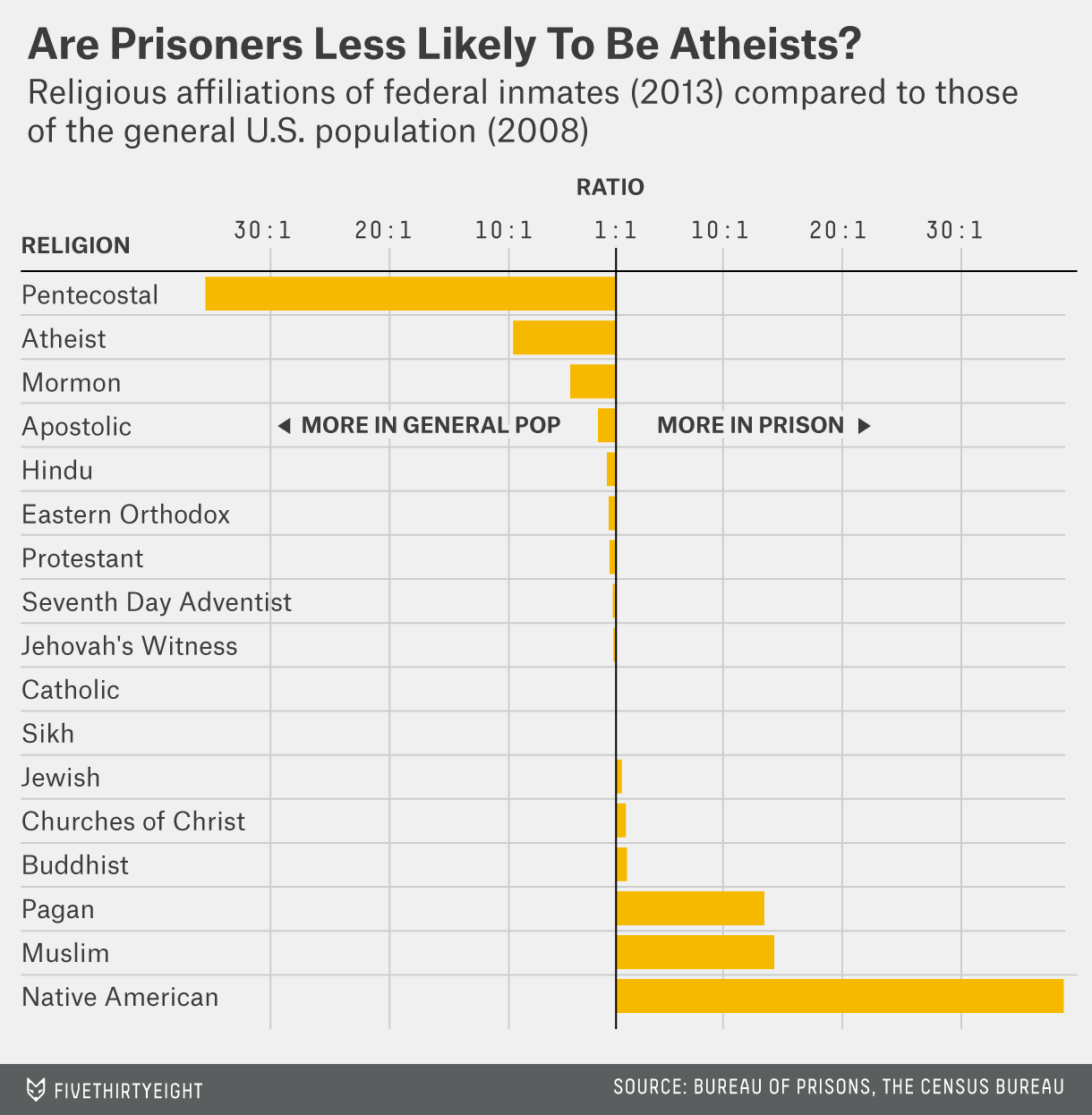-
•
•
5 responses
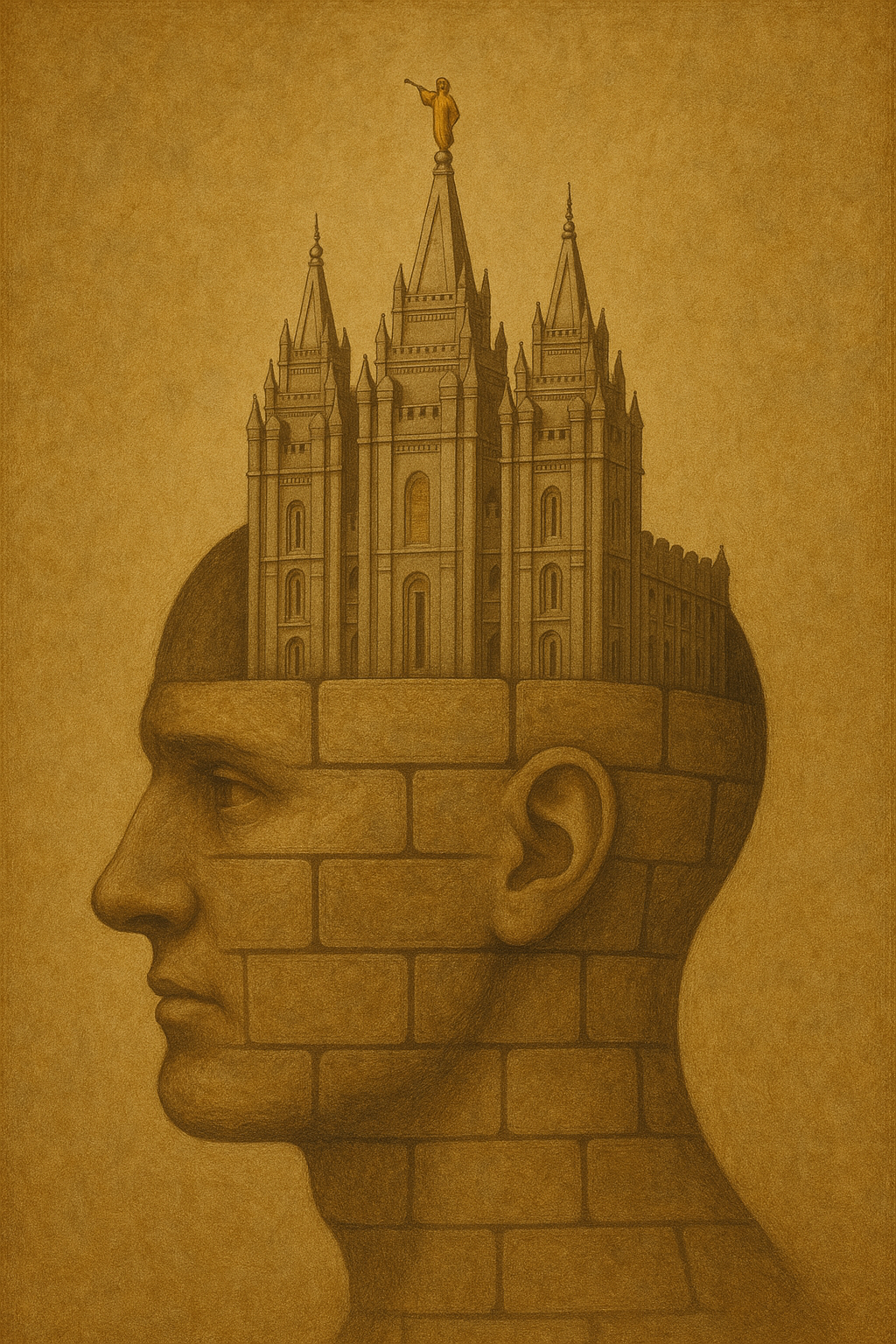
Since I was young an impromptu thought experiment has intermittently popped up in the back of my head that’s made me think deeply about the nature of (my) modern faith. Assume that the Church was not restored in 1830, we don’t know anything about the Book of Mormon, and in 2025 somebody knocks on your door and says that God is speaking to man again and that the person’s brother has uncovered gold plates yadda yadda. A priori the vast majority of us would not give the person the time of day and would think his brother a little loony… Read More
-
•
•
3 responses
Has anyone else seen the trailer for this movie? Couple Miles Teller and Elizabeth Olsen die and go to the afterlife and then have a problem when Olsen ALSO meets the husband who died before she married Teller. Quite the Mormon sounding dilemma! Who would have thought this Mormon conundrum was good fodder for a romcom? Read More
-
•
•
3 responses

Davis, Ryan A. “Rockin’the Regime: Mormon Missionaries, American Popular Music, and the Fading of Spanish Fascism.” Popular Music and Society 47, no. 4 (2024): 422-441. In 1972 a group of Mormon missionaries in Spain formed a band known as Los Salt Lake City. Playing primarily folk and rock music, they toured the country, gave radio and press interviews, and released two albums and an EP. Their experience is recounted and assessed in relation to the musical context of Spain at the time, including the social, religious, and political implications of the musical context. Read More
-
•
•
5 responses
If you’re interested in quotable mid-century Protestant theologians, Dietrich Bonhöffer may be more directly relevant for us today than C.S. Lewis. Bonhöffer’s 1937 book, Nachfolge, is best known for its discussion of “cheap grace,” but there’s a lot more going on. Read More
-
•
•
20 responses
In this post at the Juvenile Instructor, I shared some of the spiritual prompting I felt I had in grad school, but a really big one was the persistent prompting I felt to vote no on Proposition 8 in 2007. Throughout that year, 2007, I had this nagging spiritual feeling: “You need to understand the issue of homosexuality better than you do.” I guess nowadays we’d call that LGBT+ issues, but the prompting was something like that. I’d always seen myself as wanting to be kind to gay people and figured that such people didn’t simply choose their orientation (I… Read More
-
Come Follow Me Currculum, Doctrine and Covenants, Latter-day Saint Thought, Poetry, SS Lesson – Doctrine and Covenants
•
•
One response

What are ‘Holy Places’? What makes them holy? Are there different kinds of ‘Holy Places’? Has our understanding of ‘Holy Places’ changed over time? I suspect that most LDS Church members think of the Temple when we think of a holy place, but when pushed we might agree that the Sacred Grove is also a holy place, separate from our temples (even though the Palmyra Temple is just steps away). But even today, for most of us, the Temple is at least an hour or two away, somewhere we travel to. So, what does it mean to “Stand in Holy… Read More
-
•
•
The Utah War was a dramatic episode in the history of the antebellum western United States. One of the most remarkable records to discuss the experience of traveling west with the Utah Expedition is the memoirs of William Clark. These were recently published anew, edited and annotated by William P. MacKinnon and Kenneth L. Alford. These authors recently discussed the Utah War in an interview at the Latter-day Saint history blog, From the Desk. What follows here is a copost to the full interview. First, it’s important to note who William Clark is. William MacKinnon made sure to point out that… Read More
-
•
•
6 responses
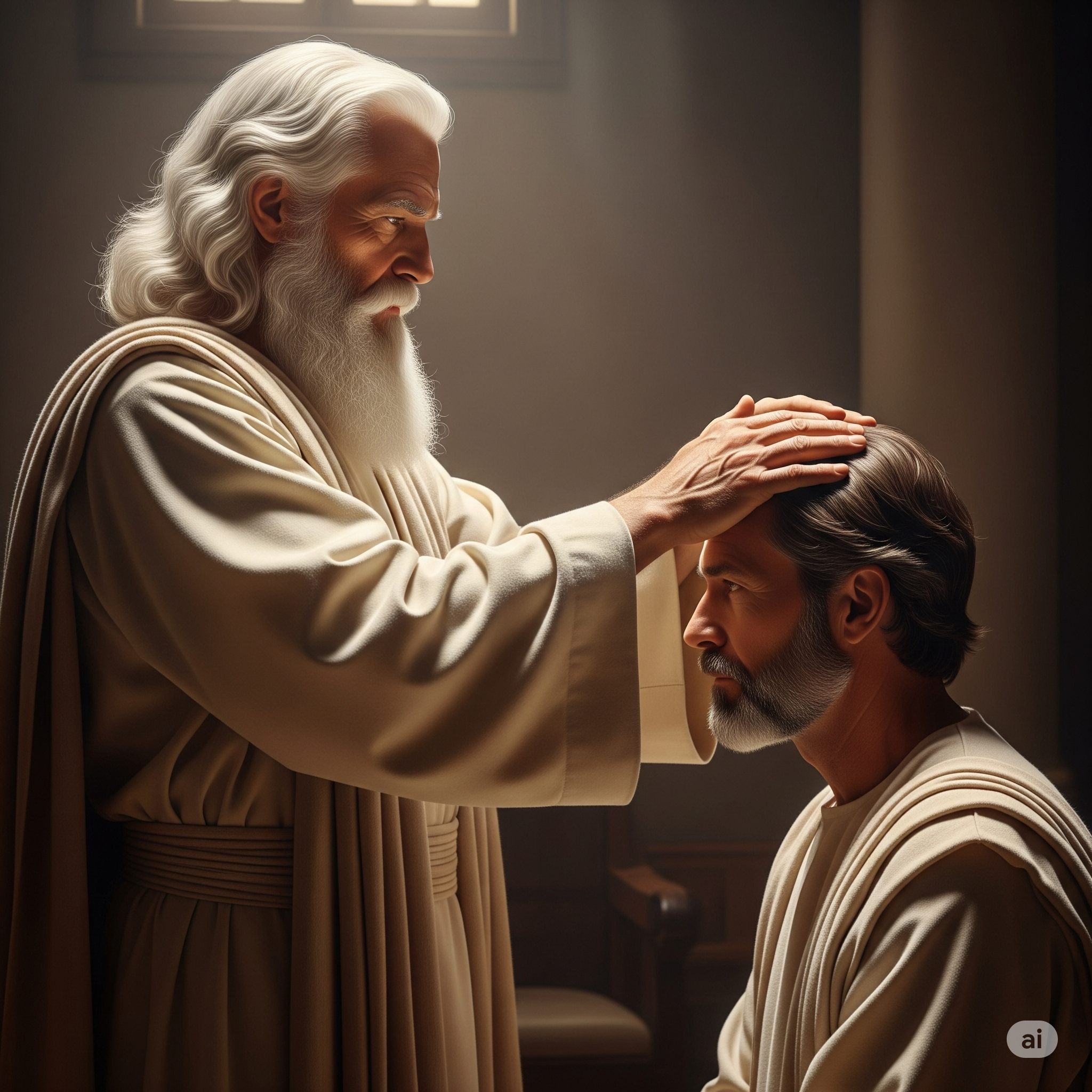
Patriarchal blessings are an up-close-and-personal example of exercising faith even in cases where there is a possibility of disconfirmation. Of generally trusting in something while reserving for some possibility that it might be wrong, or at least very different from your expectations. Of course, there are different “outs” for patriarchal blessing particulars that don’t pan out. Maybe it will happen in the hereafter, maybe you didn’t do what you were supposed to do, etc. Some of these are valid and I’m not dismissing them. But a priori I would be surprised if, out of the thousands if not millions of… Read More
-
•
•
14 responses
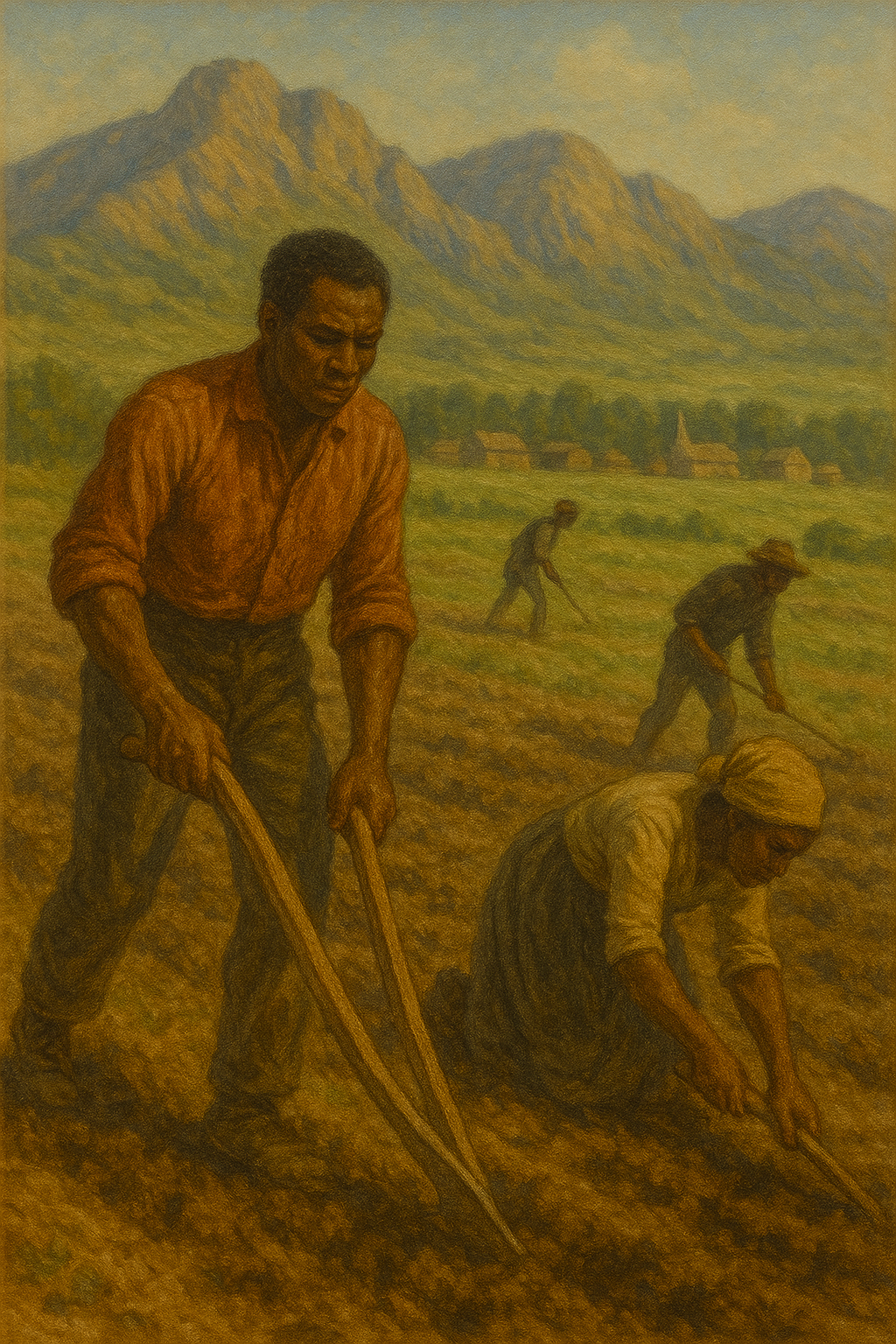
It’s a black mark on our history that early Utah allowed slavery. Other people more informed than I have more detail on the people involved and legal details (This Abominable Slavery is on my to-read list, but I haven’t gotten to it yet), but I was curious about where Utah stood relative to other states. In 1850 and 1860 the US Census asked households whether they had any slaves, so I ran a weighted crosstab on % households with slaves. In 1850 the census reported on 37 states. Of those 19 reported some slaves. When we rank order the states… Read More
-
•
•
7 responses
“Ye are commanded in all things to ask of God, who giveth liberally … doing all things with prayer and thanksgiving, that ye may not be seduced by evil spirits, or doctrines of devils, or the commandments of men; for some are of men, and others of devils.” (DC 46:7). Read More
-
•
•
19 responses

Guest post by Stephen Smoot Did Joseph Smith actually possess gold plates? This question has intrigued historians, skeptics, and believers ever since Joseph first described the origins of the Book of Mormon. Richard L. Bushman’s recent book, a “cultural history” of the plates, traces how they have functioned as both historical artifact and sacred symbol in Latter-day Saint religious imagination. As Bushman shows, the plates continue to captivate and perplex. Read More
-
Church History, Come Follow Me Currculum, Doctrine and Covenants, SS Lesson – Doctrine and Covenants
•
•

If the priesthood is “The Power of Godliness,” and if we are to learn how to use that power, we should probably think a lot about what the word “power” means in this context. Most of the time power is associated with the ability to control things, often including people and usually by force. But the scriptures are clear that whatever the word “power” means, it is used “only by persuasion, by long-suffering, by gentleness and meekness, and by love unfeigned” (D&C 121:41). I don’t see control and force in that description. Read More
-
•
•
11 responses
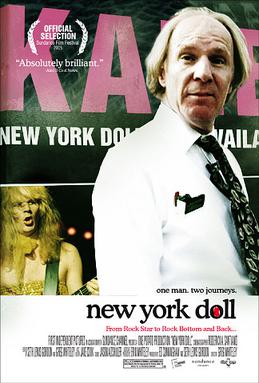
For the most part the Rotten Tomatoes score for a movie is a reasonably good heuristic for quality. In terms of my own tastes, if it scores really high on both critic and user rating it’s typically a solid film. There are of some biases of course. IMHO movies in the older canon have inflated RT ratings, movies dealing with social issues have inflated critic, but not user, ratings–and conversely movies that come down on the “wrong side” of a social issue (basically any Dave Chapelle piece) have artificially deflated critic ratings. Finally, starchy formulaic movies often have inflated user,… Read More
-
•
•
16 responses
“He treated my communication not only lightly, but with great contempt, saying it was all of the devil, that there were no such things as visions or revelations in these days; that all such things had ceased with the apostles, and that there would never be any more of them.” (1:21) Read More
-
•
•
2 responses

After last week I thought it might be worth the time to write a little more about the concept of agency. While it’s accepted we don’t always have agency over what happens to us (for obvious reasons), there is an idea that has become prevalent that we nevertheless have full agency over ourselves; that, no matter how hard things are, we can always choose how we respond to anything. Overall I think, (with nuance), this can be a healthy rule of thumb. Holding yourself accountable for your own life is at the heart of almost all religious teaching, and is… Read More
-
•
•
2 responses

I’m working hard on my Zerah Pulsipher biography and thought it would be fun to share a few items that I found interesting or fun. Today’s post focuses on a couple fun and relatable vignettes from early settlers in Utah and Idaho. Read More
-
•
•
One response
Guest post by Fotini Tzouveleki Life is not always sunshine and rainbows. Most of the times, things do not get your way. You might find out that your friends have been mean behind your back or that your boss is planning to fire you. However, there are ways to build resilience so strong, it can get you through the toughest of times. The only thing you need to do is to find a release. Something that you can transfer all your pain and turn it into something practical. This article serves as a guide, a how to manuscript in order… Read More
-
•
•
10 responses

For the uninitiated, tier lists have become a fashionable way to rank order items, running from F tier to S tier (“super,” above A tier). Sometimes going up to S plus. I watch a lot of weight lifting YouTube videos, and it seems like every fitness influencer has done one of these for best exercises, but it’s used in virtually any other context where something can be rank ordered. Here I’m largely borrowing from the Substack writer Bentham’s Bulldog and his own tier list about arguments for the existence of God, but my rank ordering departs from his in some… Read More
-
•
•
4 responses
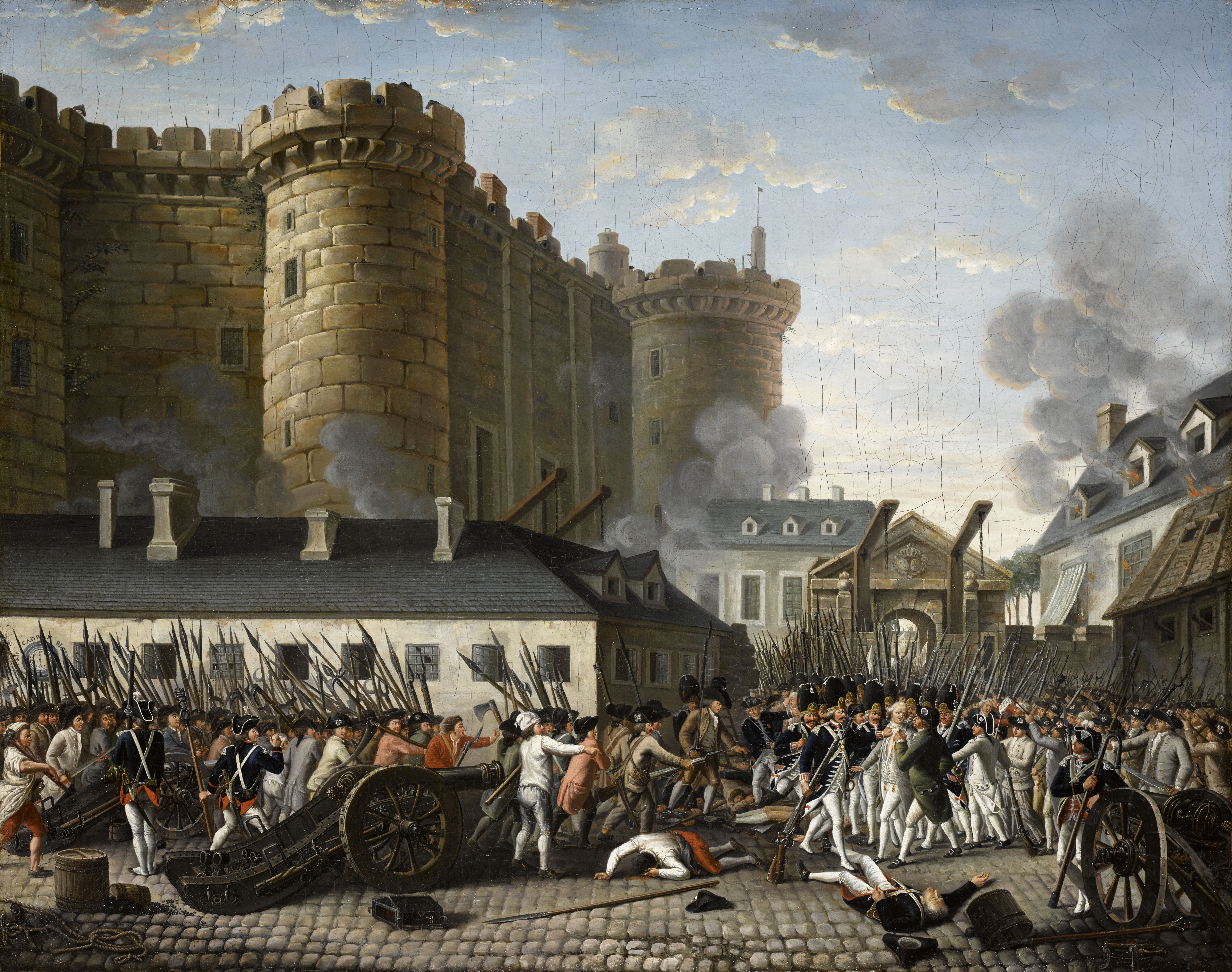
Happy Bastille Day! You may not think Bastille Day is important for Americans, given that it is a celebration of an event early in the French Revolution, the storming of the Bastille in 1789. But since the day is a kind of celebration of freedom and since the subsequent revolution has become a kind of template for revolutions since that time, we might think about what it means for us today. Read More
-
•
•
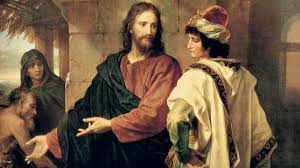
The idea behind “Where Much is Given, Much is Required” goes beyond just the idea of responsibility or accountability. There is also in the phrase a sense of equity and care for others that isn’t necessarily part of responsibility. The idea is clearly the opposite of the images we see of excessive displays of wealth, like toilets made of gold or yachts the size of football fields. If this is about accountability, then we need to recognize that we have a responsibility to others, regardless of whether we think they ‘deserve’ it or not. So, if we aren’t wealthy and… Read More
-
•
•
20 responses
“O God, where art thou? And where is the pavilion that covereth thy hiding place?… How long shall they suffer these wrongs and unlawful oppressions, before thine heart shall be softened toward them, and thy bowels be moved with compassion toward them?” (DC 121:1, 3). This wasn’t how it was supposed to turn out. They believed God would protect his saints and help them build Zion. The saints did what God asked at so much sacrifice. How could God let this happen? Read More
-
•
•
3 responses
![[Mental Illness] The Weight of Happiness](https://timesandseasons.org/wp-content/uploads/2025/07/sadness-and-happiness-in-the-air-giorgi-khatiashvili-1.jpg)
In America we are obsessed with individual happiness. Like, obsessed. From the Declaration of Independence to prosperity gospel to the multi-billion dollar self-care industry, personal happiness has become less of an experience and more of a measure. Happiness has become something that is deeply individualistic, and serves as a sign that you are doing something right. Not having the time or space to go into the history and sociology of it (which is fascinating), I want to talk about the effect our social attitudes around happiness can have on mental illness, particularly in our religious setting. How many times have… Read More
-
•
•
6 responses
I’m working hard on my Zerah Pulsipher biography and thought it would be fun to share a few items that I found interesting or fun. Today’s post focuses on blessings given to members of the newly-formed quorums of the seventies during the 1830s. Read More
-
•
•
Wilford Woodruff was a tremendously successful missionary in his early days as a member of the Church. Through doing so, he offered an example of many praiseworthy attributes, which were discussed by Kristy Wheelwright in her recently published book, Prepare Me for Thy Use: Lessons from Wilford Woodruff’s Mission Years. She also discussed some of Wilford Woodruff’s mission stories in a recent interview at the Latter-day Saint history site, From the Desk. What follows here is a copost to the full interview. Read More
-
•
•
11 responses
“How can I tell if something I feel or goes through my mind is the Spirit telling me something, or my own thoughts?” is a question I’ve heard posed a number of times in church (often in elders quorum). So as I often think about posts in terms of series, I’m thinking about a series on Mormonism and the Spirit. As we all know, the Spirit is really important in our religion with our leaders stressing this as much now as ever. God will give us guidance through the Spirit, we should listen to that guidance, and live our lives… Read More
-
Come Follow Me Currculum, Doctrine and Covenants, Latter-day Saint Thought, SS Lesson – Doctrine and Covenants
•
•

The introduction of the ‘United Firm’ in 1832 was, I think, an attempt to provide needed structure to the Church and its members. Any organization provides roles for individuals and ways that those roles interact with each other and the outside world. As a result, the scriptures covered by this week’s Come Follow Me lesson address our roles in society and how we should act to improve the Church and make ourselves more like our Heavenly Parents. Read More
-
•
•
4 responses
As evidenced by the flood of AI movies hitting Twitter over the past couple of weeks, Google’s Veo 3 recently made another leap with AI video generation, adding sound and better consistency. It still has its issues (as can be seen below), but in the hands of a skilled prompter with some credits to burn it can create some fun meme-level, eight-second clips. We’re starting to see some moves towards serious artists creating longer films with AI beyond the famous Coca-Cola commercial. For example, this short was the first AI movie I’ve seen that I would describe as moving (created… Read More
-
•
•

I’m in the midst of pushing to finish a draft of my biography of Zerah Pulsipher and thought it would be fun to share a few items here and there that I found interesting or funny while I’m working on it. Today’s post is about the laborious journey across Iowa in the spring of 1846, concluding with a humorous story about Brigham Young claiming things were first-rate before trying to pull out a handkerchief and realizing that the pocket was full of water. Read More

